Optimal Timing for Waterproofing Applications
Waterproofing is a critical process to protect structures from water intrusion and damage. The timing of waterproofing applications can significantly influence their effectiveness and longevity. Proper scheduling ensures optimal adhesion and performance, reducing the need for frequent repairs.
Spring offers moderate temperatures and less rainfall, making it ideal for waterproofing projects before heavy summer rains.
Summer provides warm weather and longer daylight hours, suitable for certain waterproofing methods, provided temperatures stay within recommended ranges.
Fall's cooler temperatures and dry conditions are favorable for waterproofing, especially to prepare structures for winter.
Winter is generally not suitable due to freezing temperatures that hinder application and curing processes unless specialized materials are used.
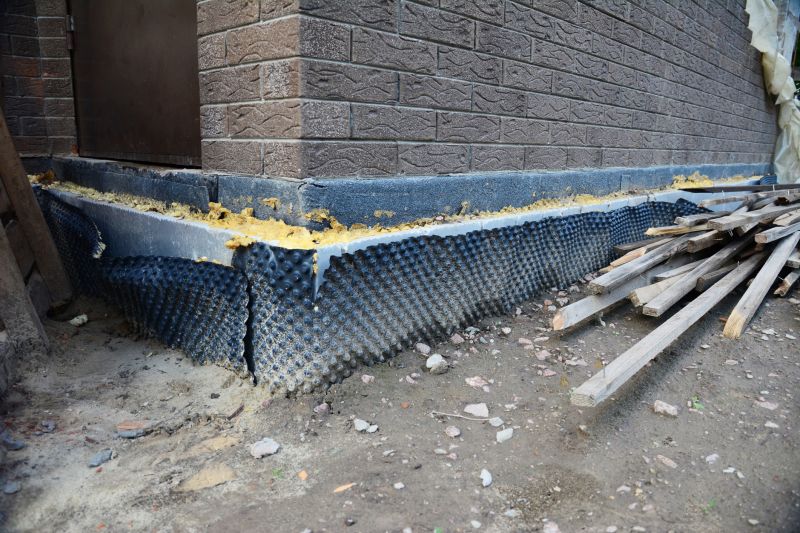
Ways to make Waterproofings work in tight or awkward layouts.
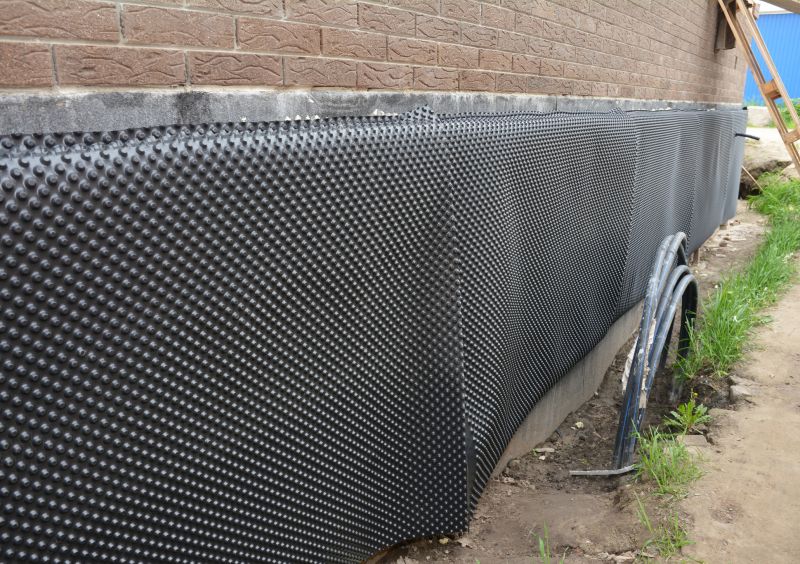
Popular materials for Waterproofings and why they hold up over time.
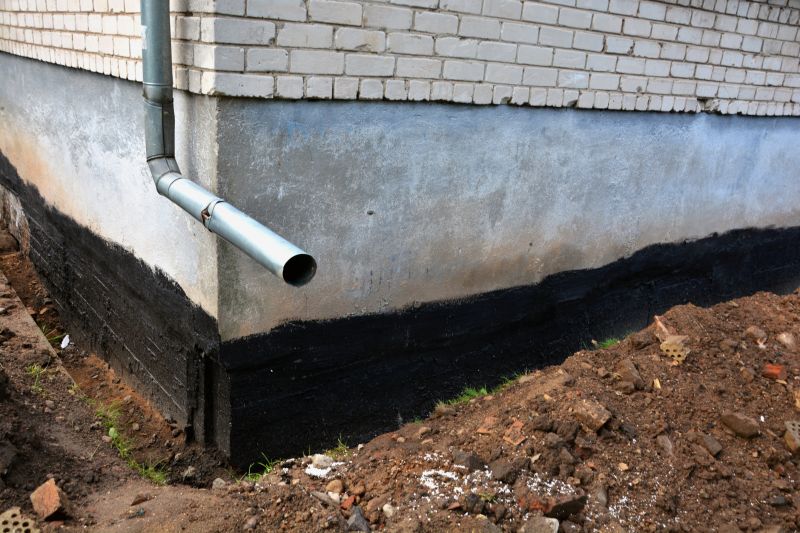
Simple add-ons that improve Waterproofings without blowing the budget.
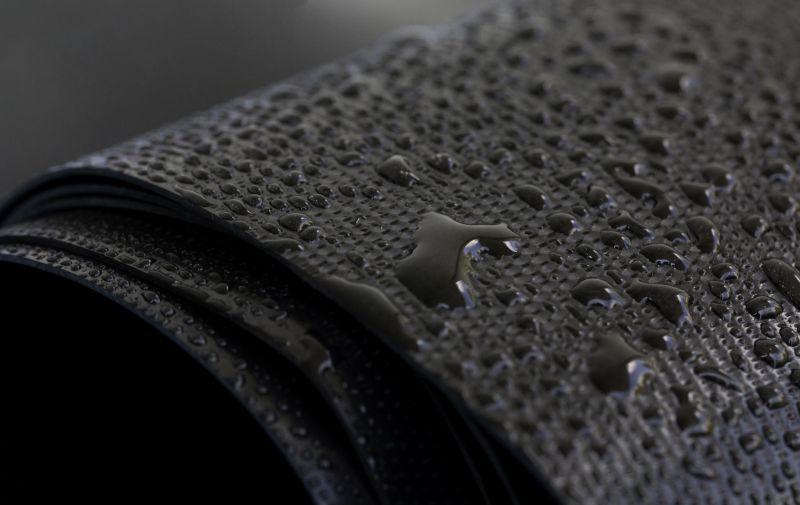
High-end options that actually feel worth it for Waterproofings.
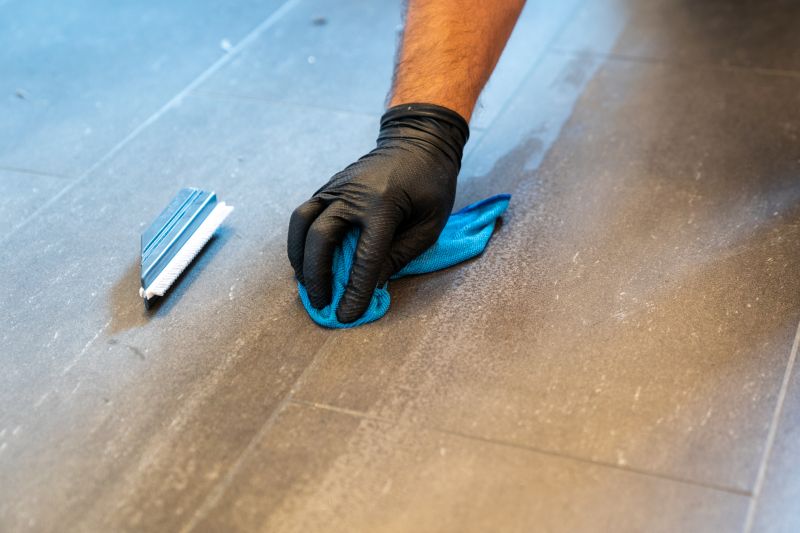
Finishes and colors that play nicely with Waterproofings.
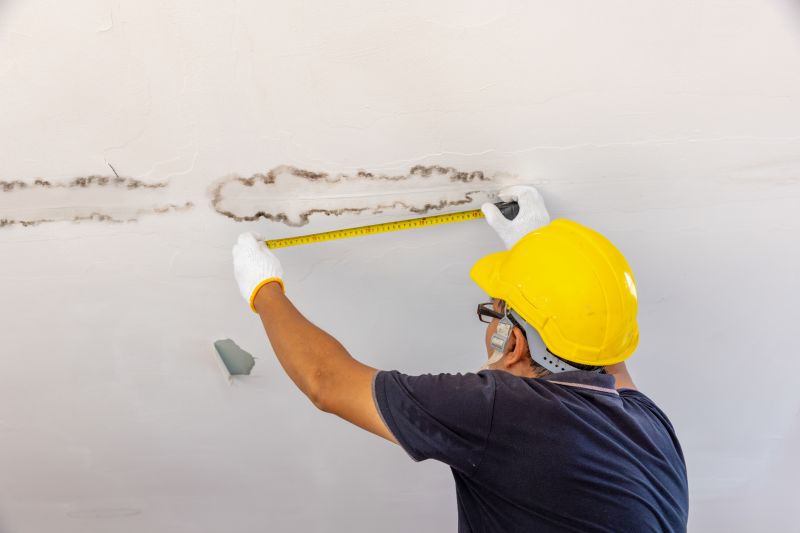
Little measurements that prevent headaches on Waterproofings day.
Waterproofings are essential for maintaining the integrity of foundations, roofs, basements, and other structures exposed to moisture. They involve applying specialized materials that create a barrier against water infiltration. Effective waterproofing extends the lifespan of buildings, prevents structural damage, and reduces maintenance costs.
Statistics indicate that proper waterproofing can reduce water-related damages by up to 70%. It is a proactive measure that safeguards properties from issues such as mold growth, wood rot, and concrete deterioration. The choice of waterproofing material and application timing are crucial factors in achieving optimal results.
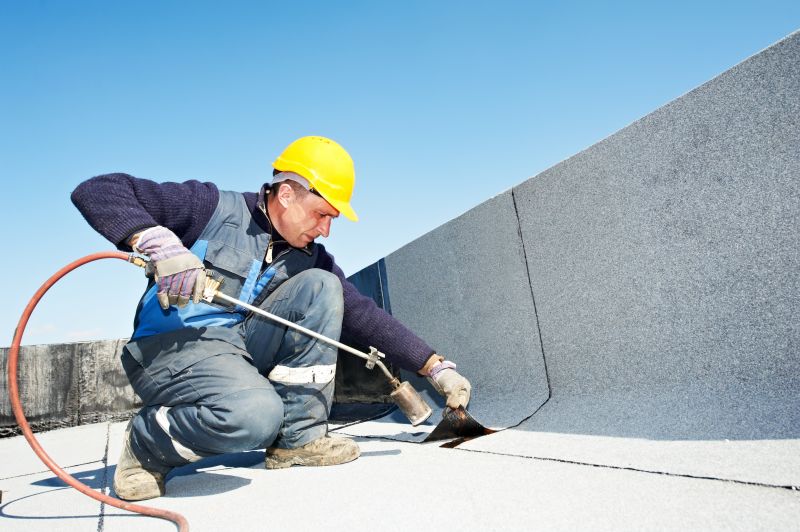
A 60-second routine that keeps Waterproofings looking new.
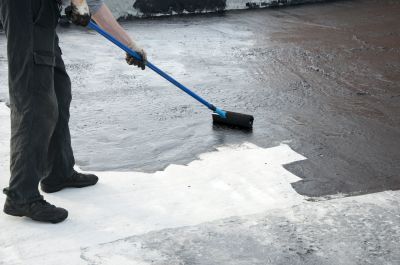
A frequent mistake in Waterproofings and how to dodge it.
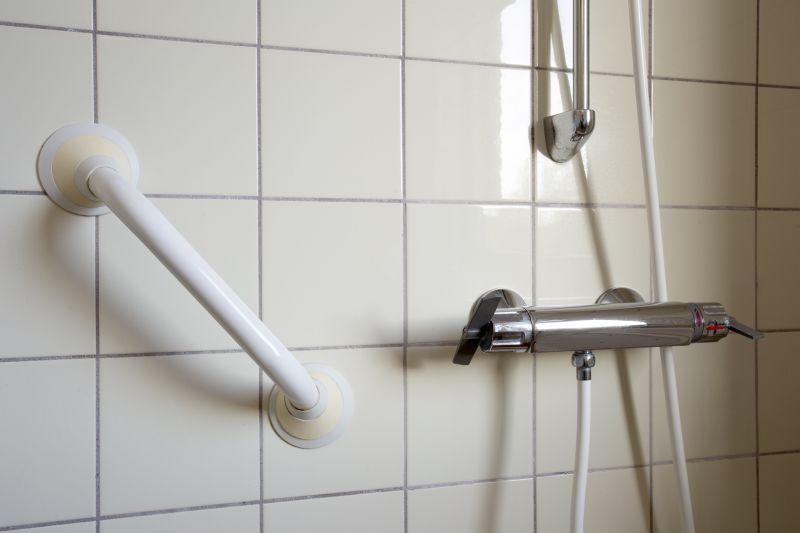
Small tweaks to make Waterproofings safer and easier to use.
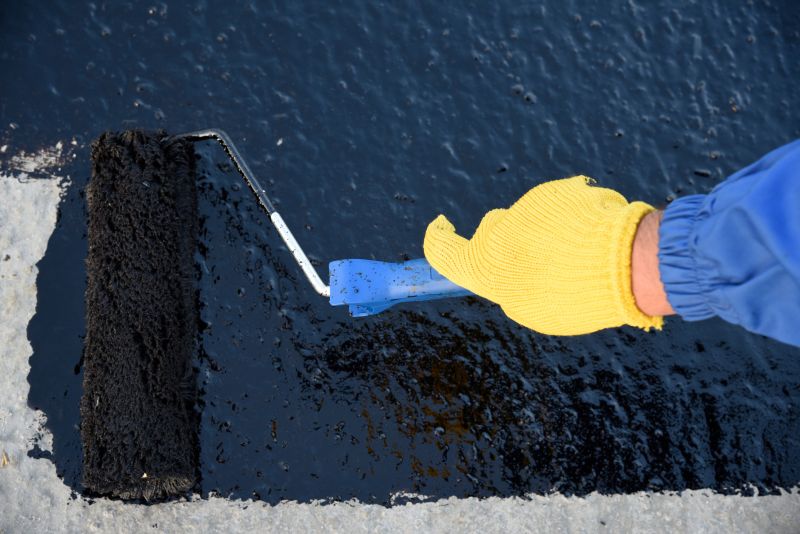
Lower-waste or water-saving choices for Waterproofings.
| Season | Best Conditions for Waterproofing |
|---|---|
| Spring | Moderate temperatures, less rain |
| Summer | Warm weather, dry days |
| Fall | Cooler temperatures, dry conditions |
| Winter | Not recommended unless specialized materials are used |
Choosing the appropriate time for waterproofing depends on local climate conditions and the specific project requirements. Proper planning and timing ensure the durability and effectiveness of waterproofing systems, ultimately protecting structures from water damage over time.
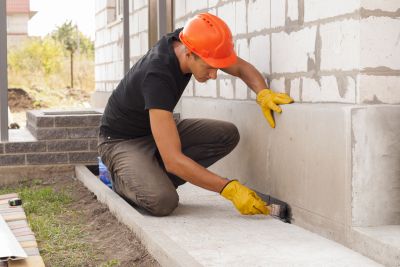
The short, realistic tool list for quality Waterproofings.
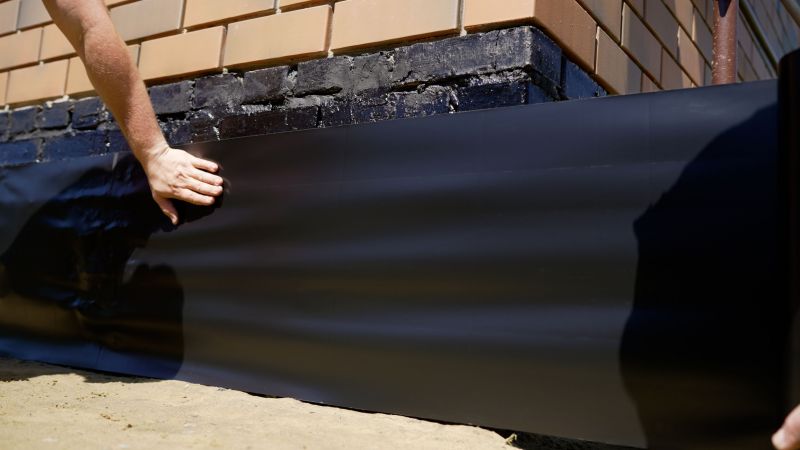
Rough timing from prep to clean-up for Waterproofings.
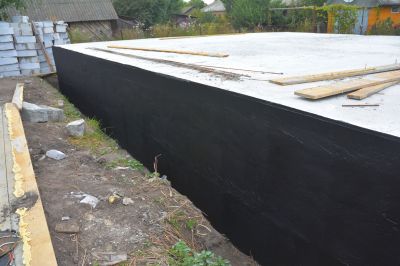
Quick checks and paperwork to keep after Waterproofings.
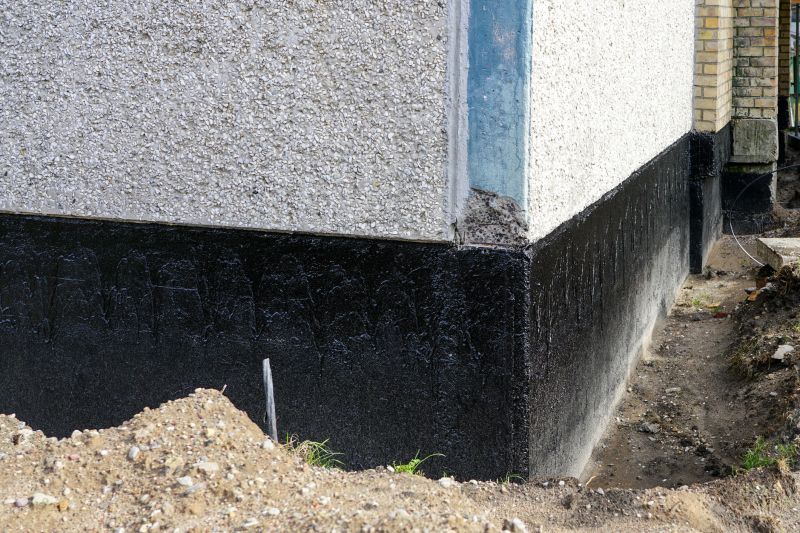
Examples that show the impact a good Waterproofings can make.
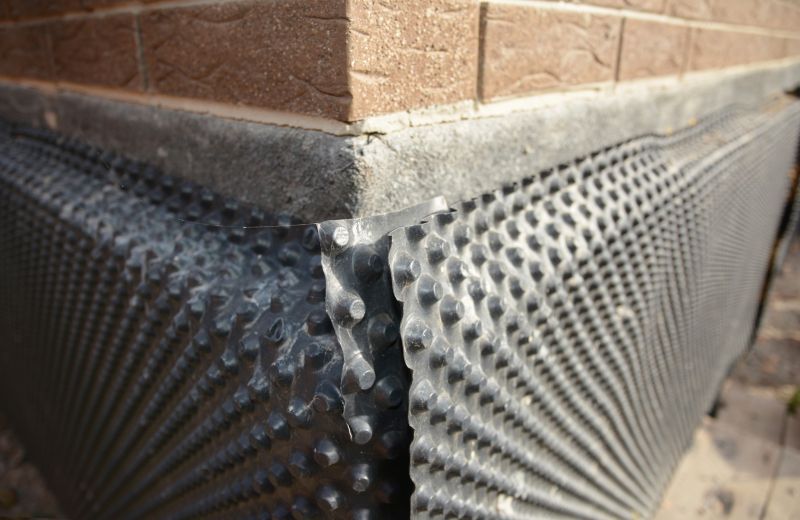
Ways to make Waterproofings work in tight or awkward layouts.
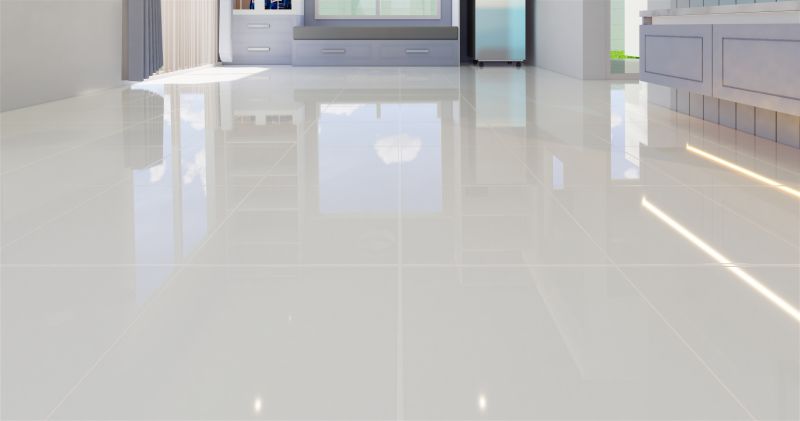
Ways to make Waterproofings work in tight or awkward layouts.
Interested in waterproofing services? Filling out the contact form can provide more information and help determine the best timing and methods for specific property needs.


